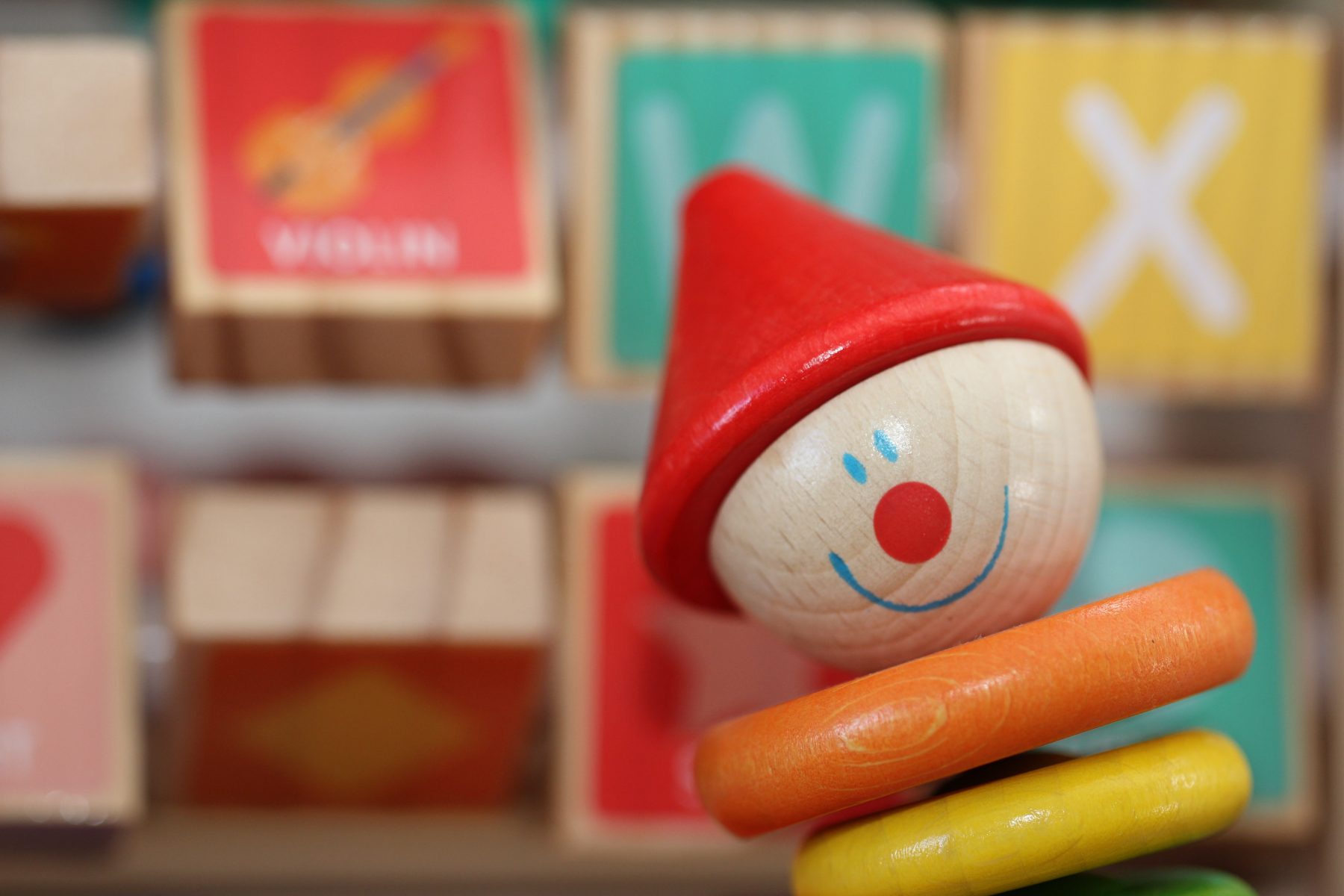Is mimamoru the answer to managing children’s conflicts in ECEC? Japan thinks so

Children should be left to solve ‘fights’ or disagreements on their own in order to nurture their social and interpersonal skills, researchers from Hiroshima University have suggested.
The mimamoru approach is a pedagogical strategy and gets its name from a portmanteau of the Japanese words mi, meaning watch, and mamoru, meaning guard or protect. It is generally understood as “teaching by watching” — where adults, including early childhood educators, intentionally let children handle disagreements on their own to promote their learning through voluntary exploration and actions.
‘Watching,’ the researchers clarified, doesn’t mean that adults ignore the safety of children. Japanese educators intervene when the risk of physical harm caused by fighting is greater than the benefit for children to learn.
While the strategy is not an official part of Japan’s early childhood education and care (ECEC) curriculum, it is treated as an implicit guideline and reflects Japanese socialization practices at home and school, where it is a norm for grownups to wait for children to respond to problems and guide them to take ownership of their learning.
The three major characteristics of the approach are:
- temporary, minimal intervention to reduce the immediate risk of physical harm;
- non-intervention or staying out of the fight to encourage kids to solve their problem; and,
- non-presence or leaving the children by themselves once determined that they can sort out their dilemma without adult support.
A study examining the approach in Japanese schools’ showed it could create opportunities for autonomy and encourage ownership of solutions, offering a new strategy in handling children’s disagreements which could be useful in other countries.
A total of 34 Japanese and 12 US early childhood educators participated in focus groups that used modified video-cued multi-vocal ethnography methods to scrutinise the non-intervention strategy. After watching a three-minute clip showing it in action at a private preschool in western Japan, the international mix of educators discussed non-verbal cues exhibited by the students and teachers and the timing of intervention. Their findings are published in the Early Childhood Education Journal.
“This study aims to understand the reason why Japanese early childhood educators tend not to intervene, and how and in what contexts they do,” said study author Fuminori Nakatsubo.
The researchers said insights gleaned from exploring the mimamoru approach could provide educators with fresh perspectives on disciplinary practices, particularly in countries where direct and immediate intervention is prioritised.
“Although the mimamoru approach looks passive, it challenges educators to remain patient, watching and waiting for children to think and act on their own. An underlying assumption of this Japanese practice is adults’ trust in children’s inherent goodness, more specifically, their ability to learn through everyday social interactions,” the researchers explained.
US participants in the study raised how policies to protect children from any physical harm may not allow educators in their country to wait for kids to solve their own problems. But they recognised that it might be worth trying it out in their classrooms once they secured parental consent and applied some modifications that fit with the country’s educational and policy contexts.
To access the study, please see here.
Popular

Quality
Practice
Provider
Research
Workforce
Honouring the quiet magic of early childhood
2025-07-11 09:15:00
by Fiona Alston

Policy
Practice
Provider
Quality
Workforce
Minister Jess Walsh signals urgent action on safety and oversight in early learning
2025-07-11 08:45:01
by Fiona Alston

Workforce
Policy
Quality
Practice
Provider
Research
The silent oath: Why child protection is personal for every educator
2025-07-17 09:00:31
by Fiona Alston











